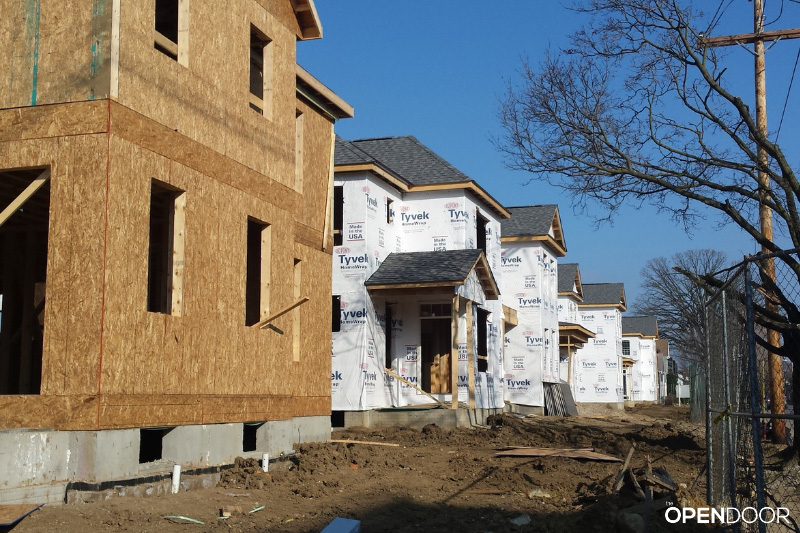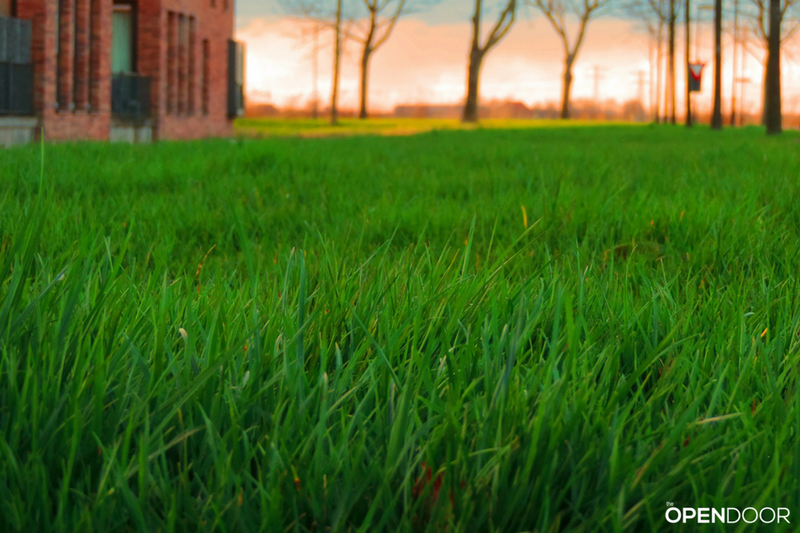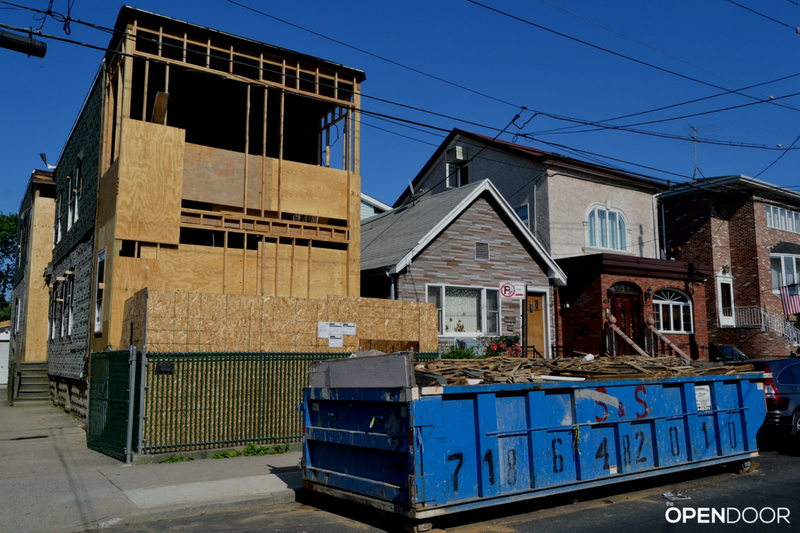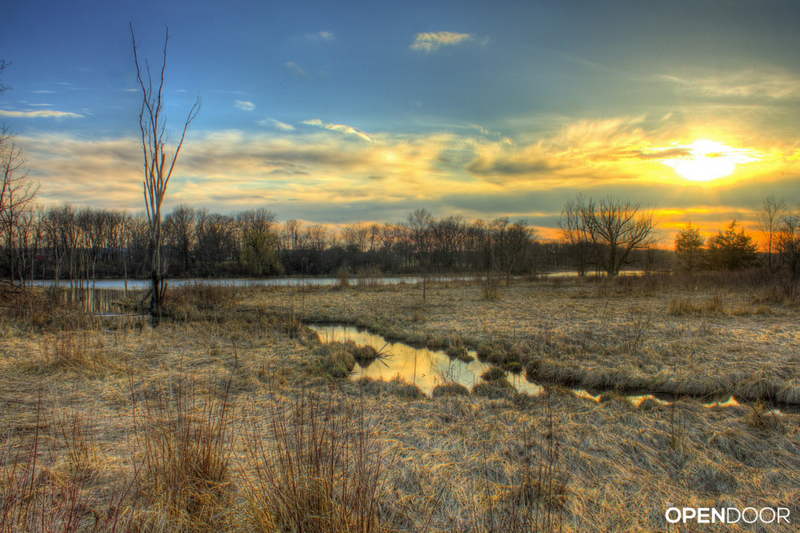If youre purchasing land to build a house, it’s important to consider more than just building codes. There are also local zoning requirements that affect how you can use and develop your property.
In this post, you’ll learn all about zoning and how it affects what you can and can’t build on your lot.
A Brief History of Zoning
Zoning laws were first established in 1916 as a reaction to the construction of the Equitable Building, a 40-story office building in New York City. The building’s footprint covered 100% of the site and towered over the neighboring residences, blocking windows of adjacent buildings and preventing sunshine and airflow from reaching the street level below.
To prevent more massive buildings from dominating the city, New York City created the 1916 Zoning Resolution, becoming the first city to adopt zoning regulations by establishing limits on building massing and restricting building areas to a percentage of lot size.
The rest of the country followed suit in 1924 with similar zoning regulations.
What is the Purpose of Zoning?
The purpose of zoning regulations is to promote livable and economically viable communities by balancing the needs of homeowners, businesses, recreation, agriculture, and other community priorities.
This is done by establishing and regulating land uses and development standards in the form of zoning ordinances.
What are Zoning Ordinances?
Zoning ordinances are laws established by local governments to regulate future development throughout a city or town. They include zoning maps that show zoning districts (Residential, Commercial, and Industrial) and sub-districts (R1, R2, R3, R4, C1, C2, etc).
Each district and sub-district has different rules on what can be built on each site. For example, one sub-district might allow only single-family detached homes, while another may allow duplexes or multi-family units, and another may only allow businesses.
Zoning ordinances also establish development standards. These consist of regulations on lot size, setbacks, density, floor area ratio, building height, lot coverage, open space, scale, and parking, to name a few.
Some municipalities might also establish Overlay Zones to certain zone districts that may modify the provisions of base zone districts by applying stricter or more specific restrictions on properties. Some examples include historical districts, coastal or waterfront lots, environmentally sensitive areas, hillside areas with steep slopes, flood plain areas, and fire hazard zones.
What are Zoning Variances?
A zoning variance is a waiver from certain zoning requirements based on a unique hardship or inconvenience as long as the use isn’t detrimental to the public or neighboring properties.
Because zoning laws can’t anticipate every variation of the physical characteristics of the land or the actual way of living and conducting business in the community, zoning variances provide landowners with a process by which the review board can relax certain regulations of the zoning laws to enable the owner to use the property. Variances are granted by zoning review boards and city councils on a case-by-case basis.
In general, there are two broad types of zoning variances: area variances and use variances.
Area variances
Area Variances are the most common variance. Sometimes the size or physical features of the land make it prohibitive to build on. Examples of area or “hardship” variances are for oddly shaped lots and sloped sites which make it difficult to build in certain areas. If the shape or slope of the lot makes it difficult or impossible for the owner to comply with the local zoning setbacks, a variance could be requested to reduce the setback.
Use Variances (Special Exceptions and Conditional Uses)
A use variance is a variance that authorizes a land use not normally permitted by the local zoning ordinance. For example, there are certain uses that might logically make sense to be located in certain districts, but current zoning does not allow for them. For example, in a residential district, there may be a great interest and desire for a church, day care center, school, or accessory dwelling unit.
In cases like these where the use would not endanger public health or prove harmful to the public interest, applicants can apply for a Special Exception or Conditional Use Permit.
Special exceptions and conditionals use are very similar. The difference is that for a Special Exemption a zoning board is hearing the case, but for a conditional use, a governing body reviews each case because the use may require special attention and review due to increased traffic, greater density, or other concerns.
For both special exception and conditional uses, the board may grant the exception or conditional use, require additional design changes, or deny the project use.
Why is Zoning Important and How Does it Protect Land Values?
In a nutshell, here’s what zoning does:
It provides predictable use of adjacent properties. Zoning districts prevent commercial businesses or industrial buildings from being scattered between residential homes. Since homeowners have some assurance that a large office building or nightclub won’t be built right next door, this adds to each property’s value.
It provides uniformity in lot development. Zoning ordinances establish building heights and setbacks and prevent lots from being irregular sizes. Property values benefit when similar structures are built near each other and in an orderly fashion, so this type of zoning may protect property values.
It prevents haphazard and inconsistent development on adjacent properties. Zoning establishes height limitations, lot coverage, setbacks, and fence heights. These standards keep buildings from being built too close to a neighbor’s property and prevent fences so tall that they overshadow your yard.
It requires compatible land uses. Zoning regulations protect property values by adding predictability to residential neighborhoods ensuring that properties are used in a compatible way with the zoned area. This reduces the risk that your property will lose value if your neighbor wanted to run a tattoo parlor out of their home and attracts increased traffic, causes problems, or makes your street into an otherwise undesirable location.
It governs the appearance of new development. Zoning regulations aim to improve the appearance of certain areas, thereby increasing overall property values because the area looks nicer. For example, zoning may require street landscaping, off-street parking, and dictate where signs may be placed.
How Does Zoning Affect You and Your Project?
When you want to build a house or add on to an existing one, you need to know what you’re allowed (or not allowed) to build. This is where zoning ordinances come in.
The first step in the process is to understand YOUR local zoning laws. Do a zoning analysis. It’s always better to understand the effects of your local zoning ordinances before getting too far along on your project and having to redesign, or worse yet, tear down and rebuild.
You can do the research yourself by searching online or speaking to someone at your local zoning office.
You’ll want to find out:
- what zone district you’re in
- if there are any special overlay zones
- what development standards you’re required to abide by (setbacks, lot coverage, building height, etc)
- if you need to consider applying for a variance
In most cases, the zoning code and zoning map are online. Find your property on the zoning map, determine the zoning district and any special overlay zones your property is governed by, then go to the zoning code and look up the information.
If doing it on your own seems a little daunting, you can work with an architect who can analyze zoning ordinances for you, help you apply for zoning permits or get planning approval, and create drawings or supporting materials to help your chances of getting a variance approved. An architect might also come up with different layouts and design ideas that you hadn’t considered that work within the constraints of strict zoning requirements.
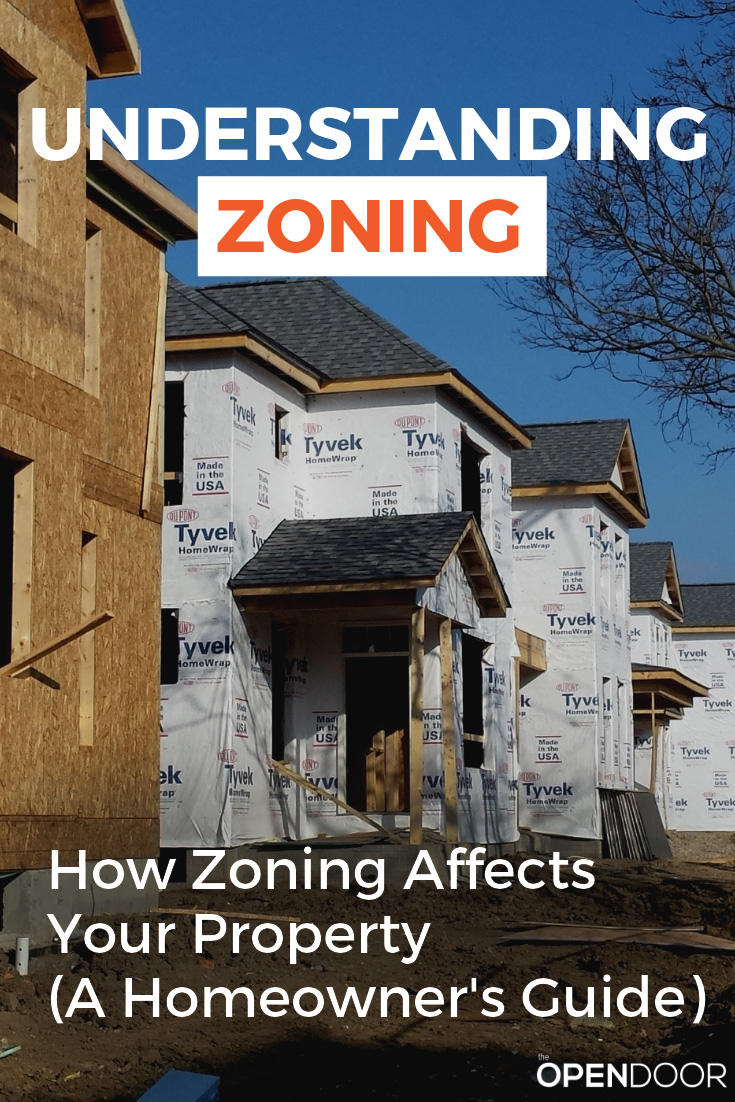
Are you embarking on a new project and need to determine the zoning requirements? Here are some resources that you may find helpful:
If you’re just starting your project and want to talk to a zoning officer about it, these questions will help guide you in your conversation with him/her.
We also have great resources to help you perform a zoning analysis such as Zoning Analysis Worksheets for New Construction, Additions, and Accessory Structures in our Resource Library that will help keep your research organized.

